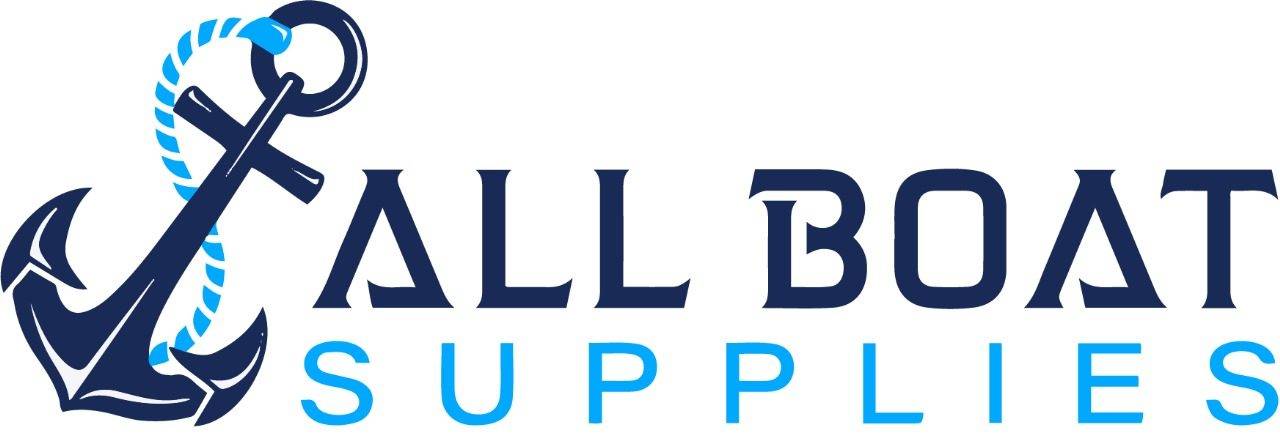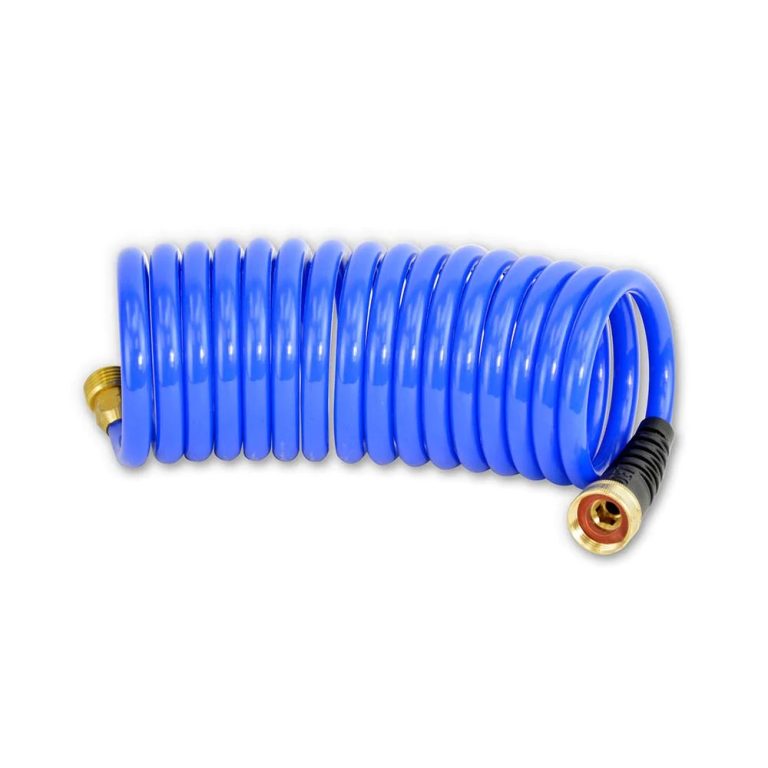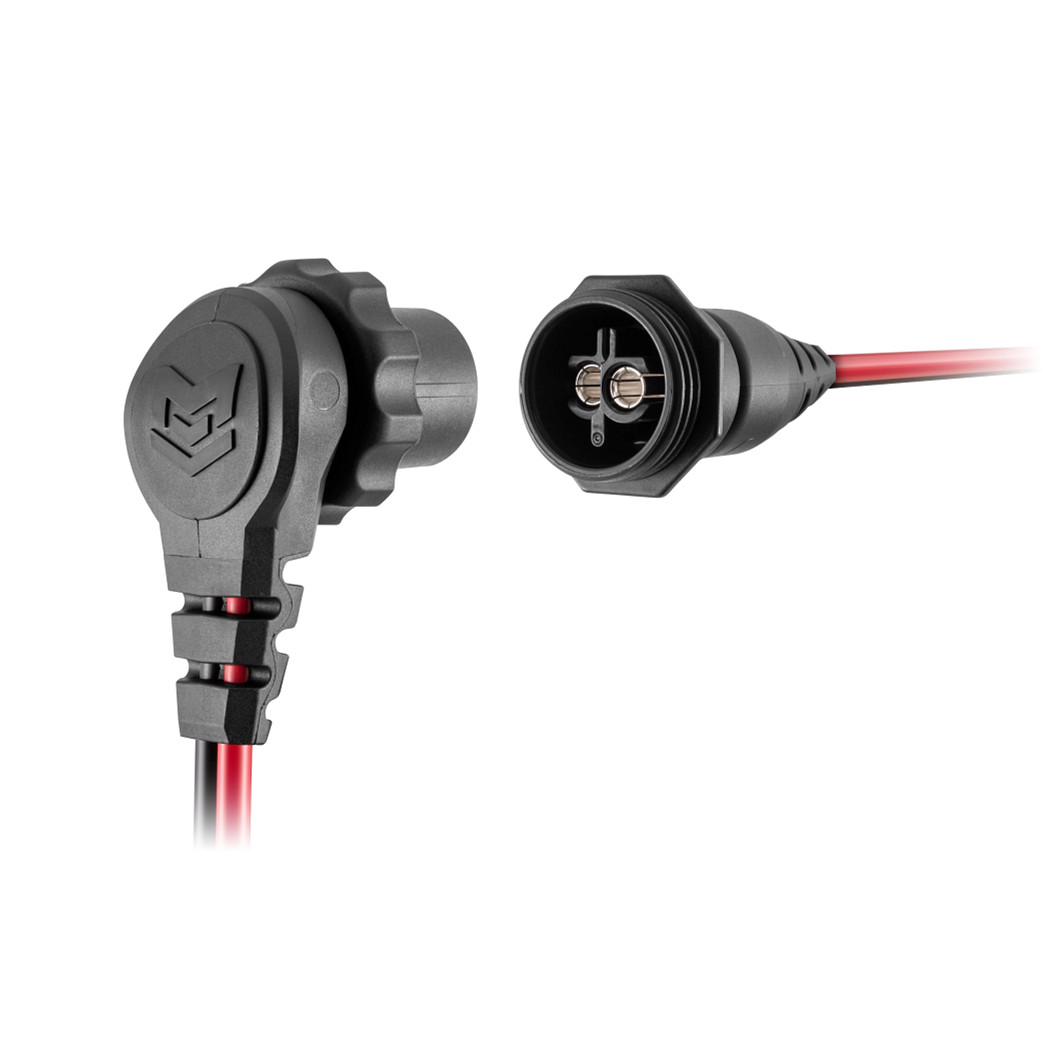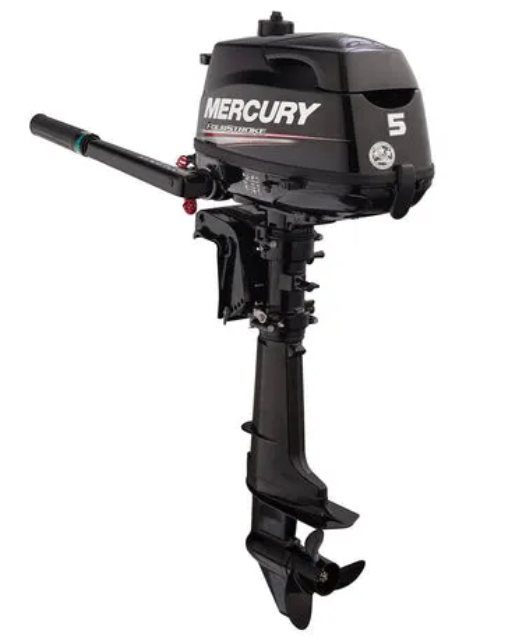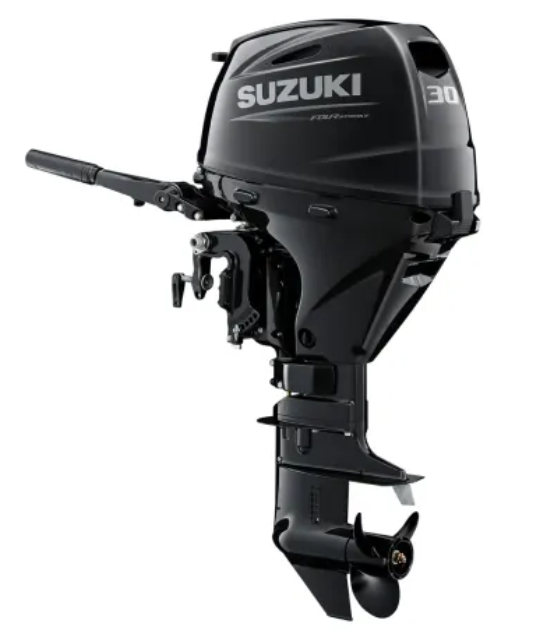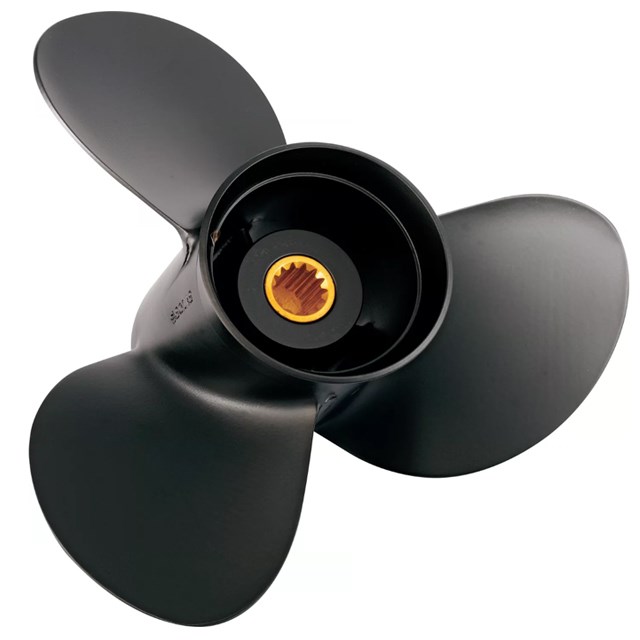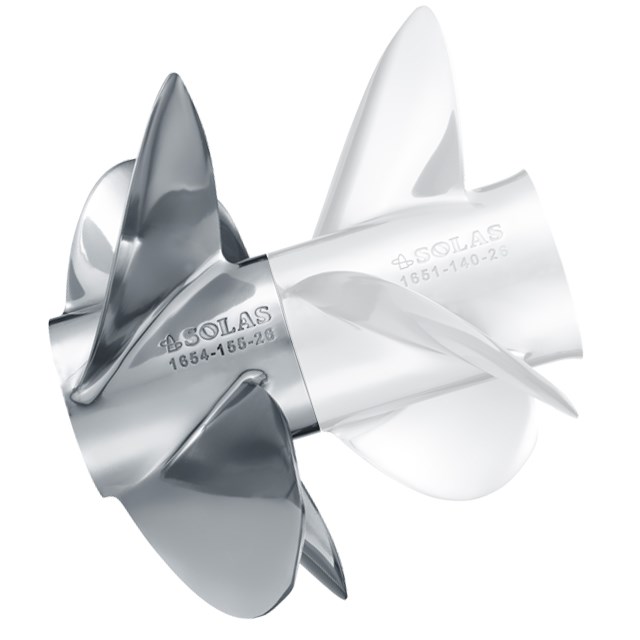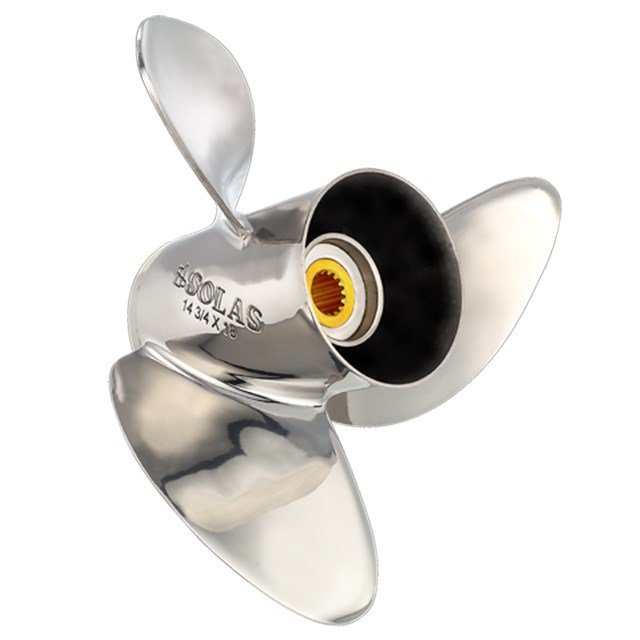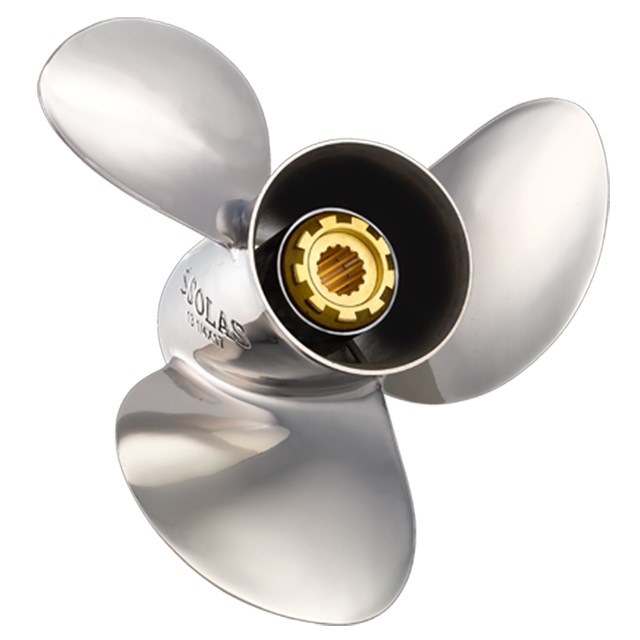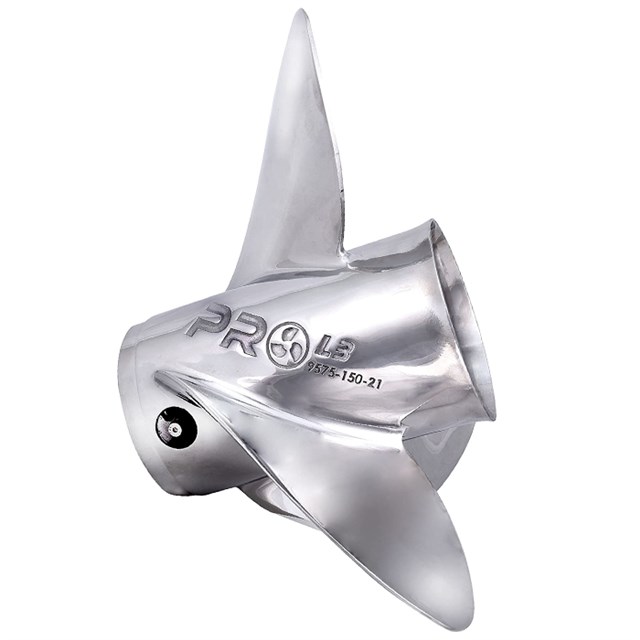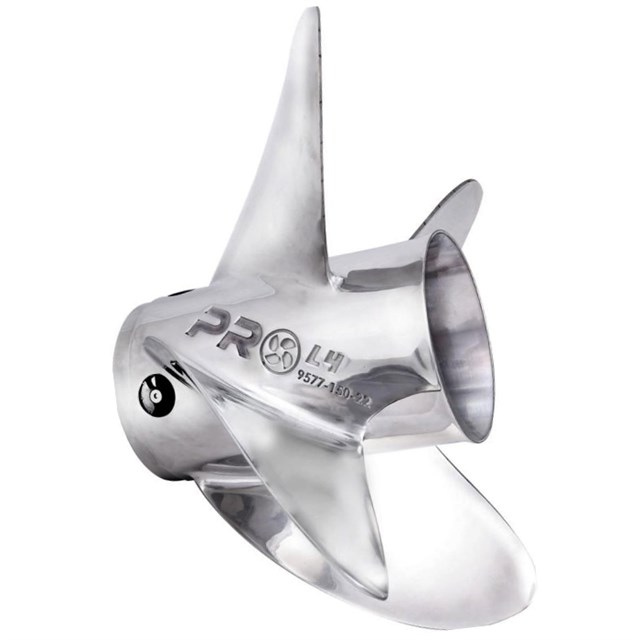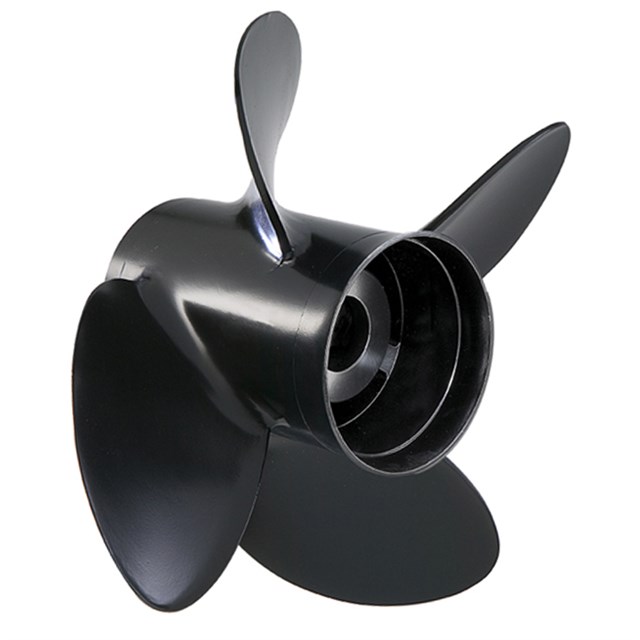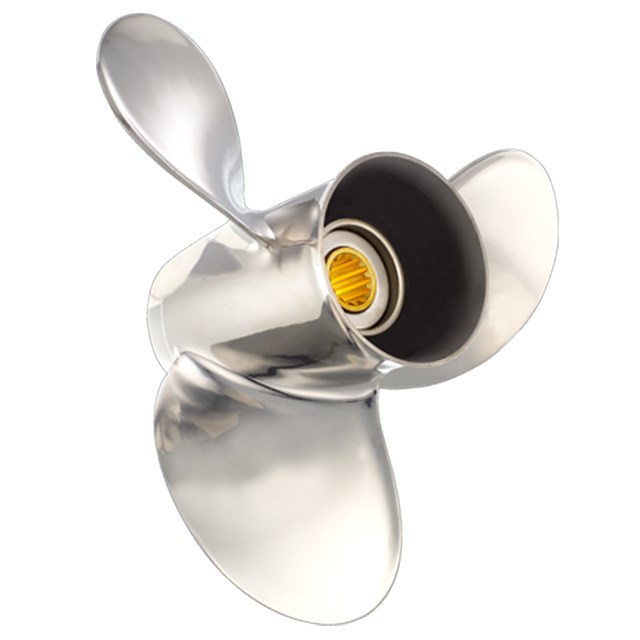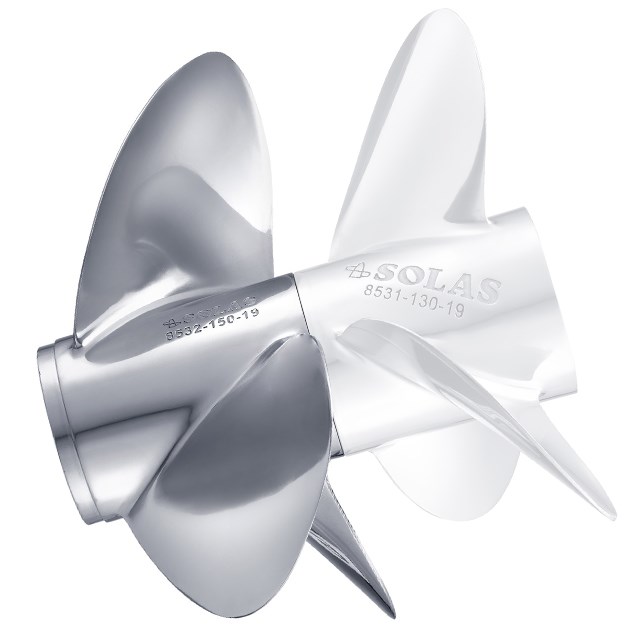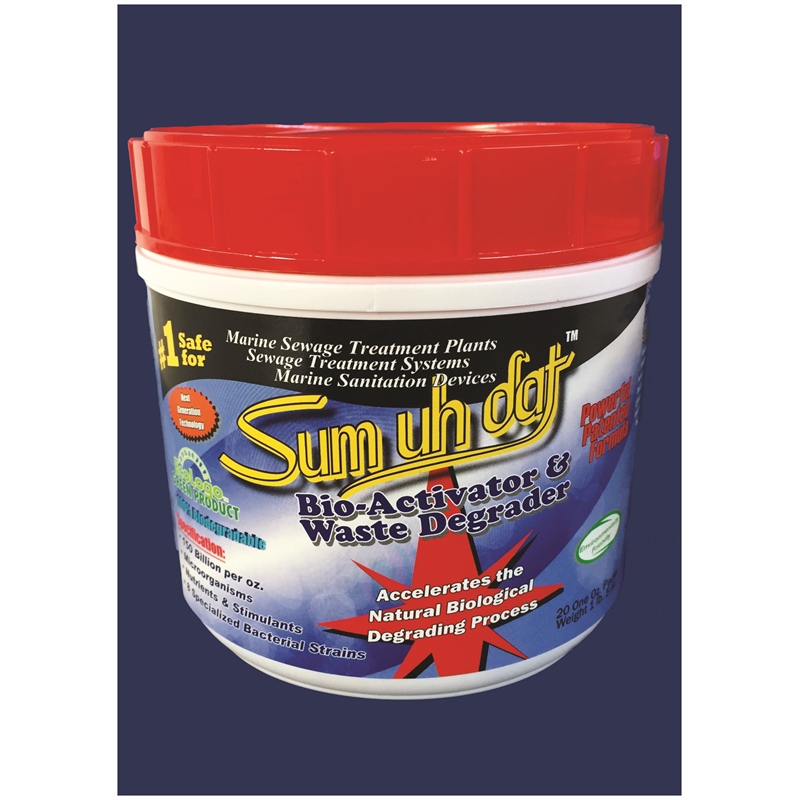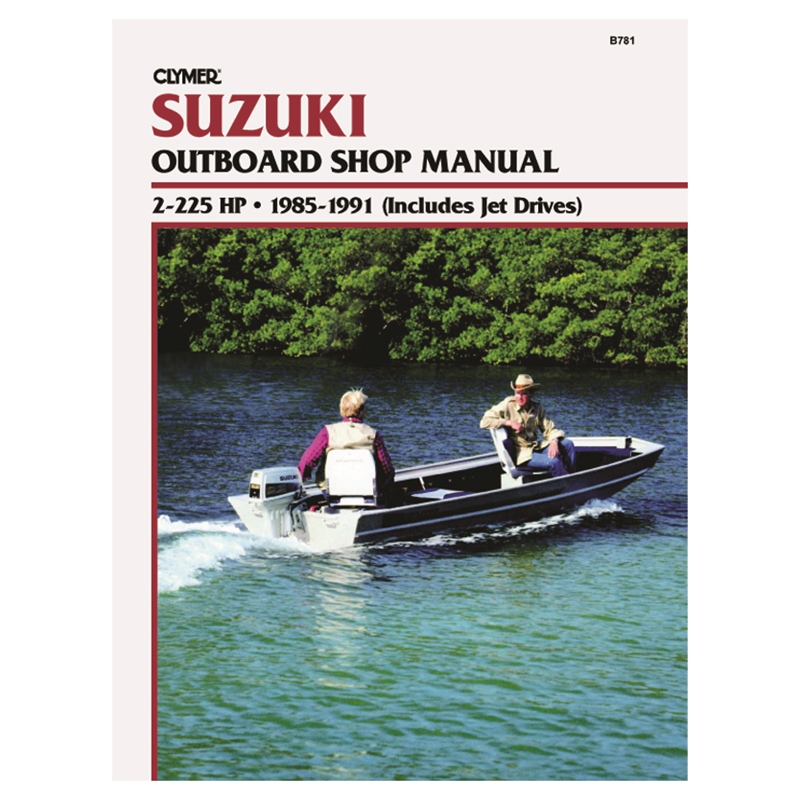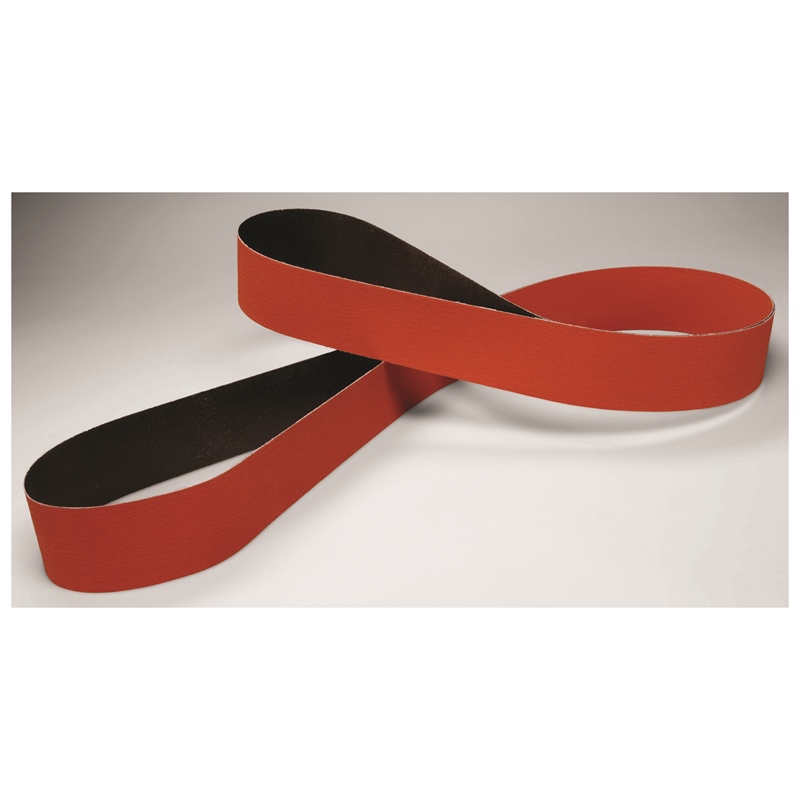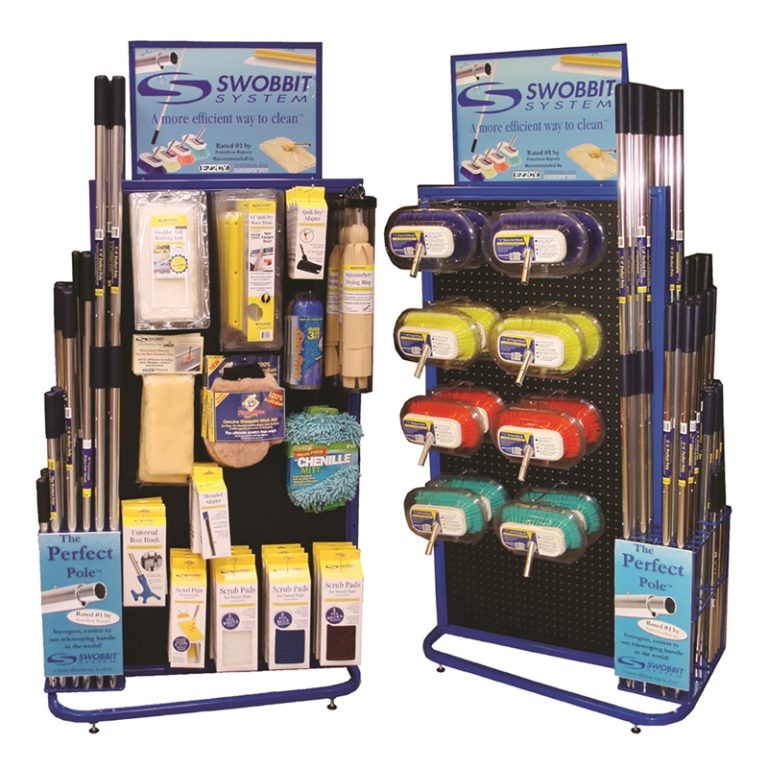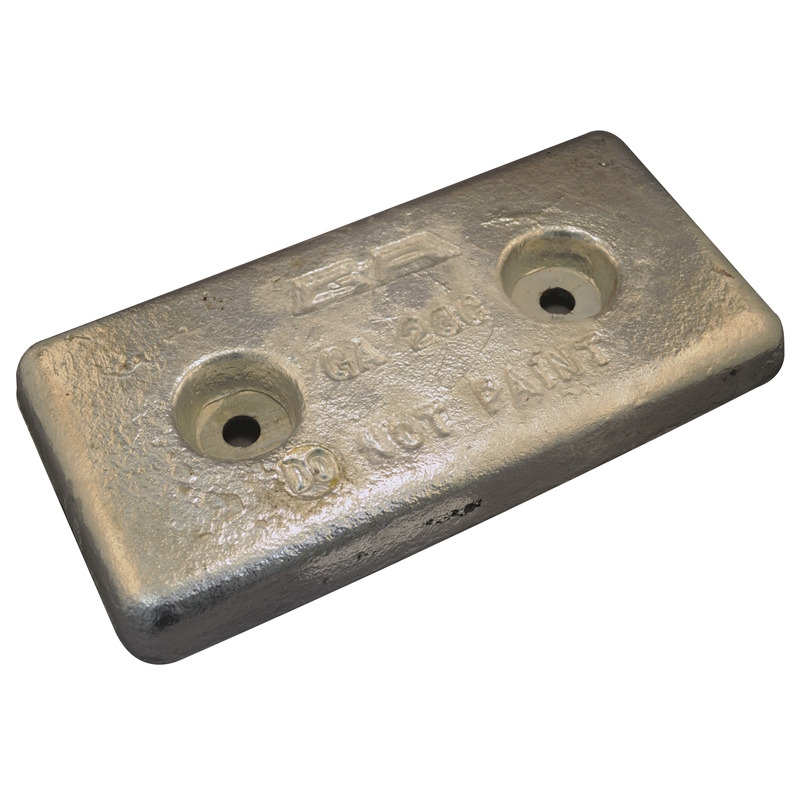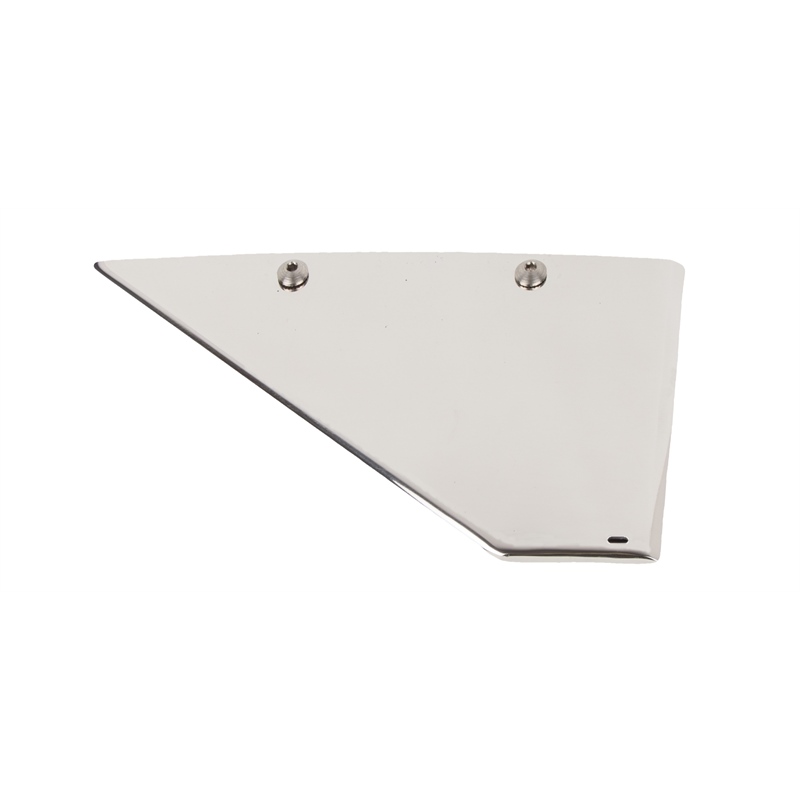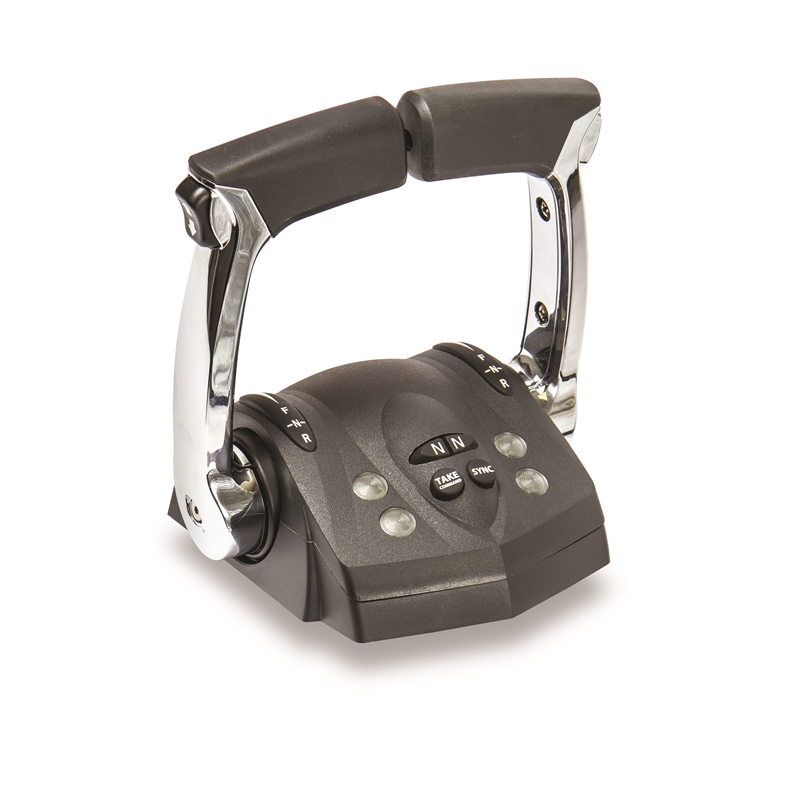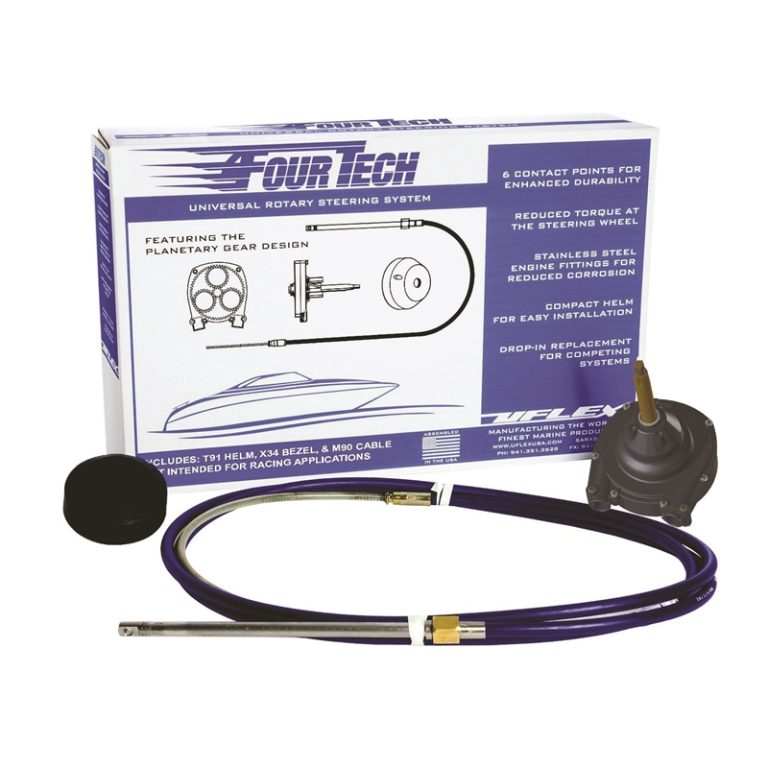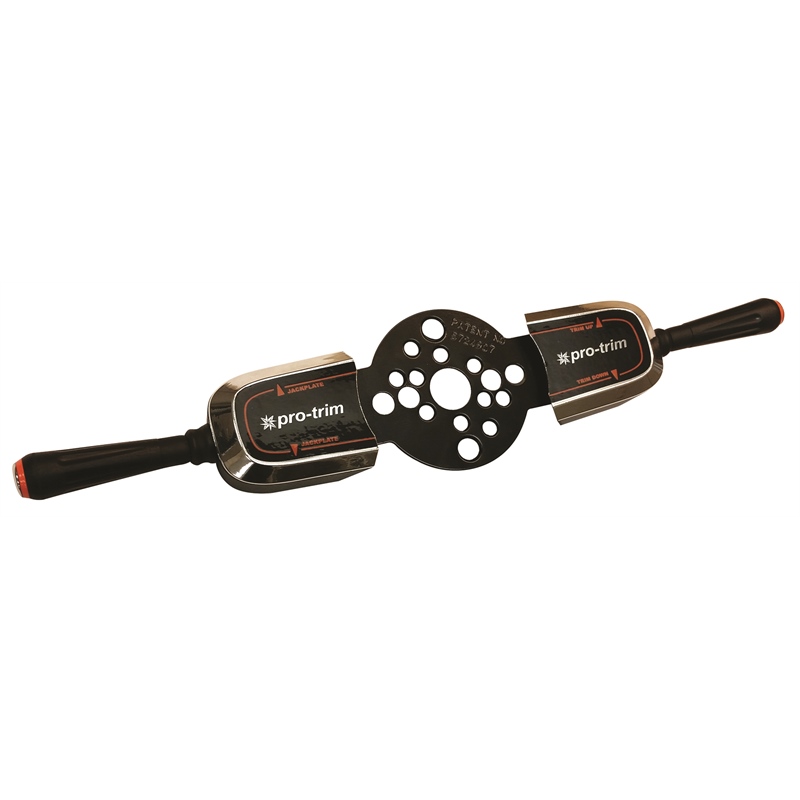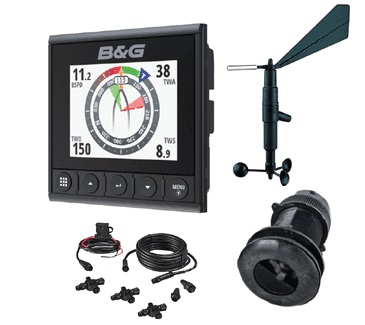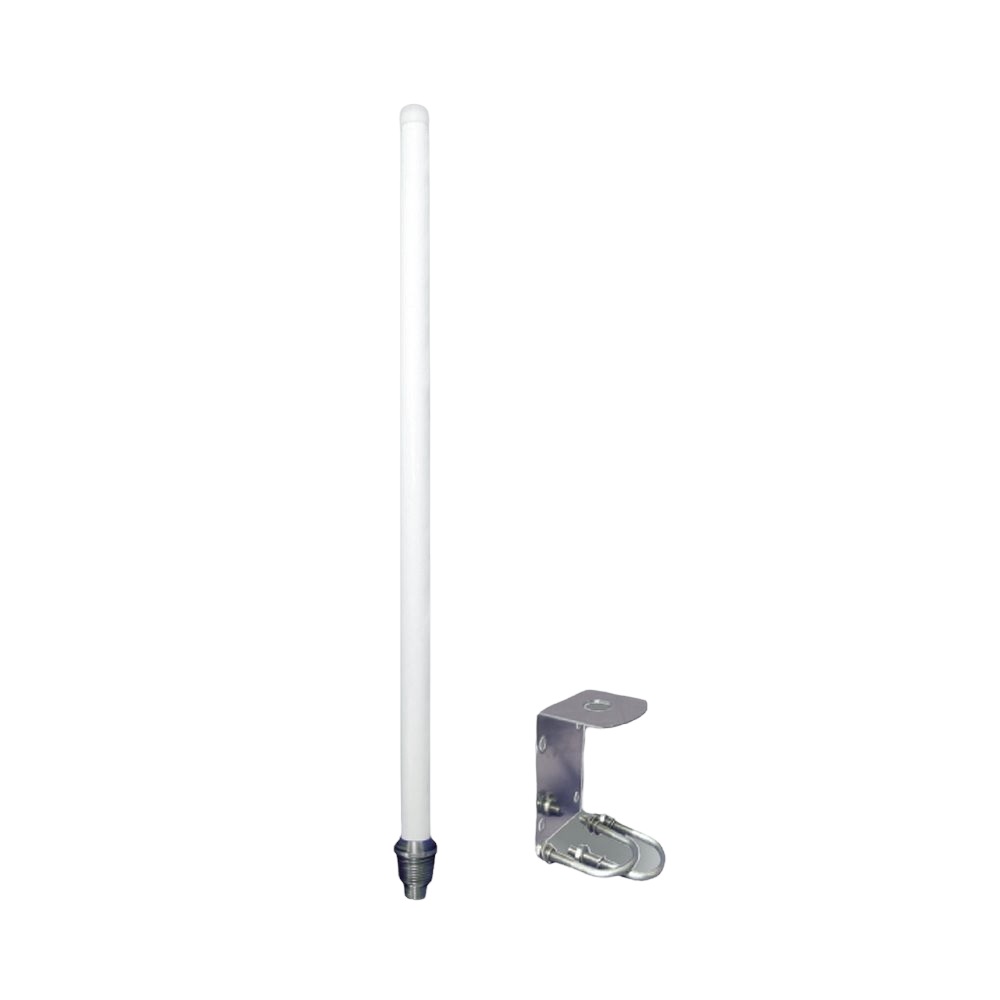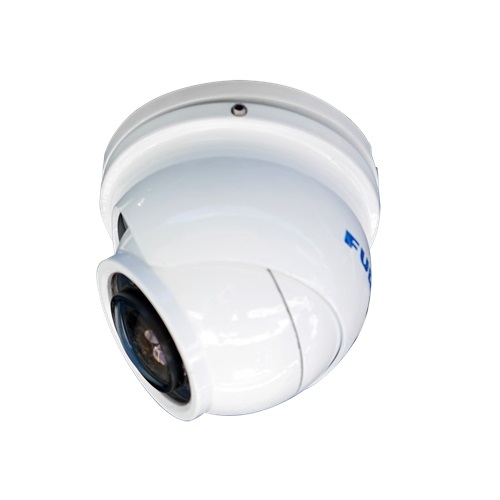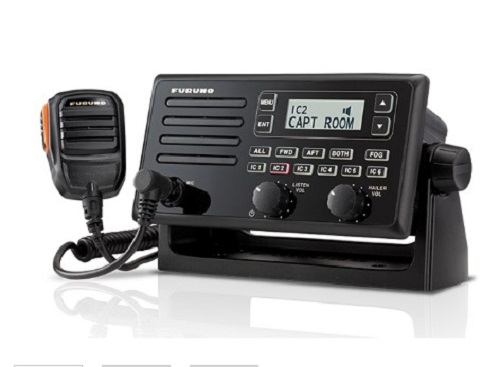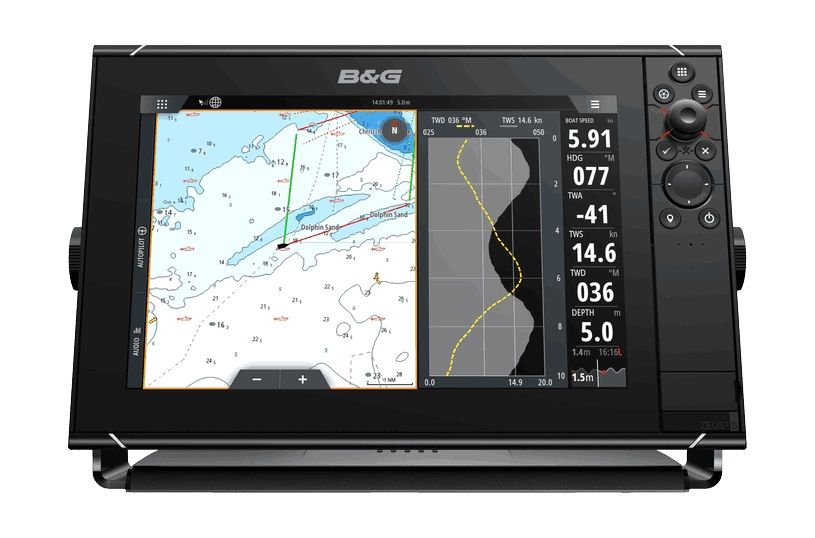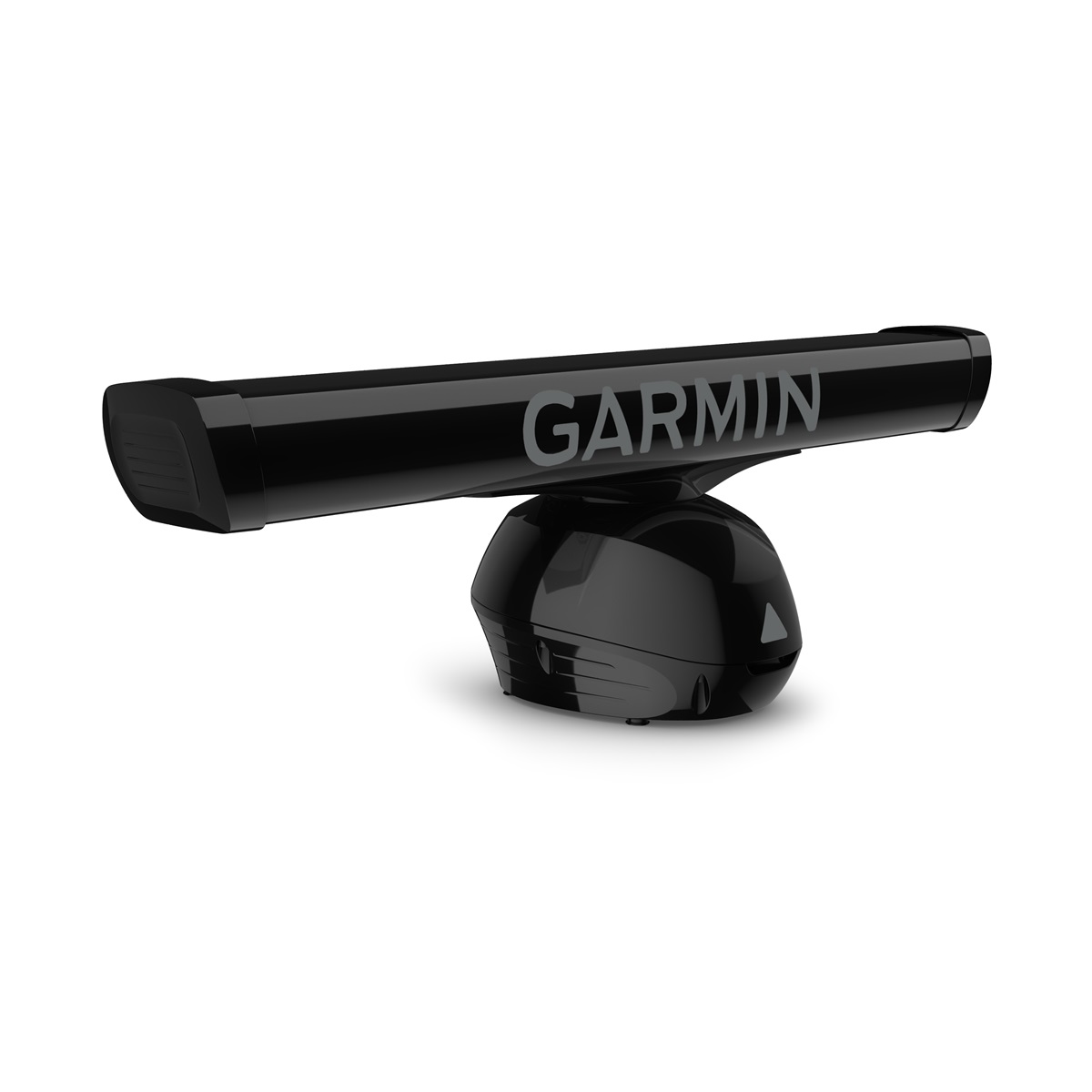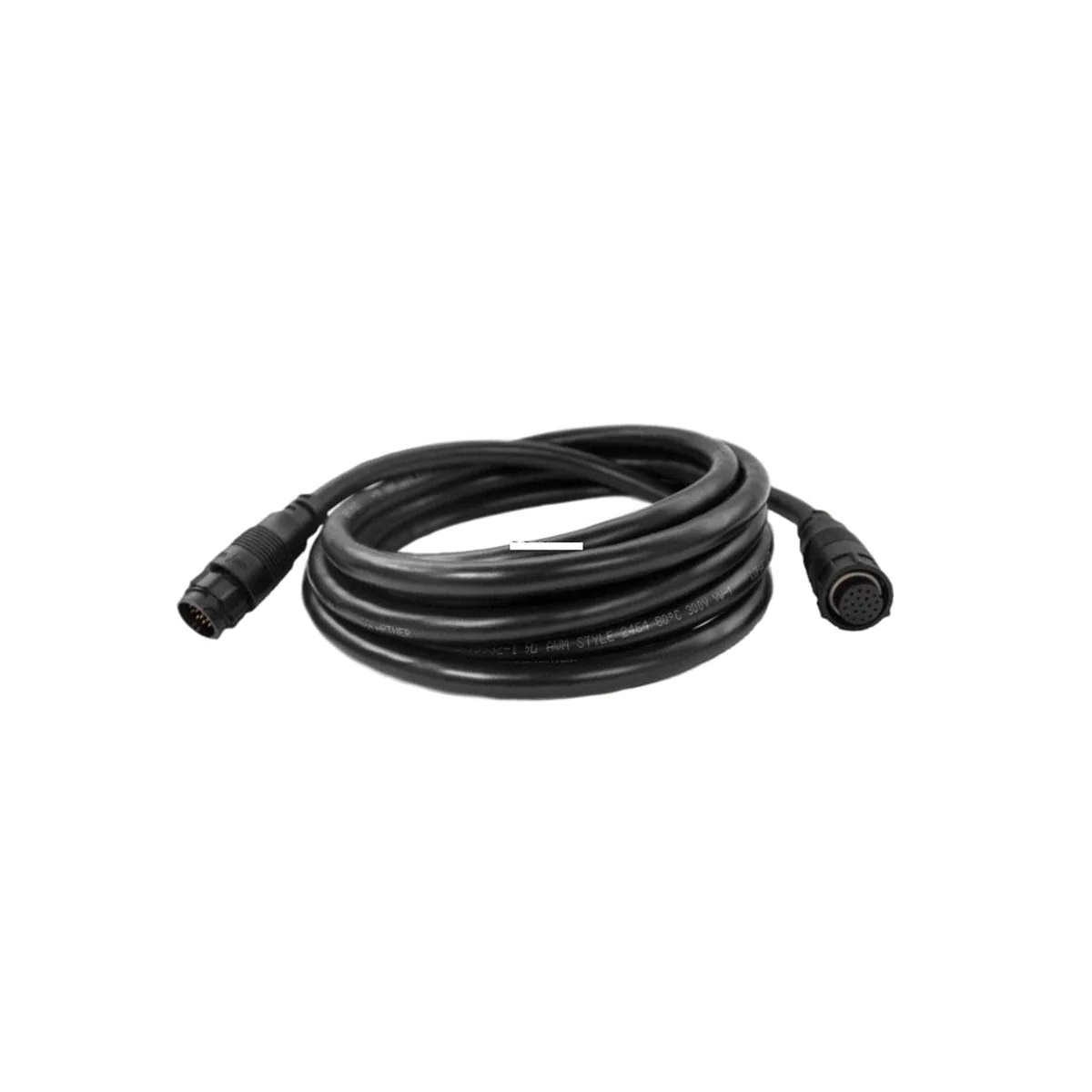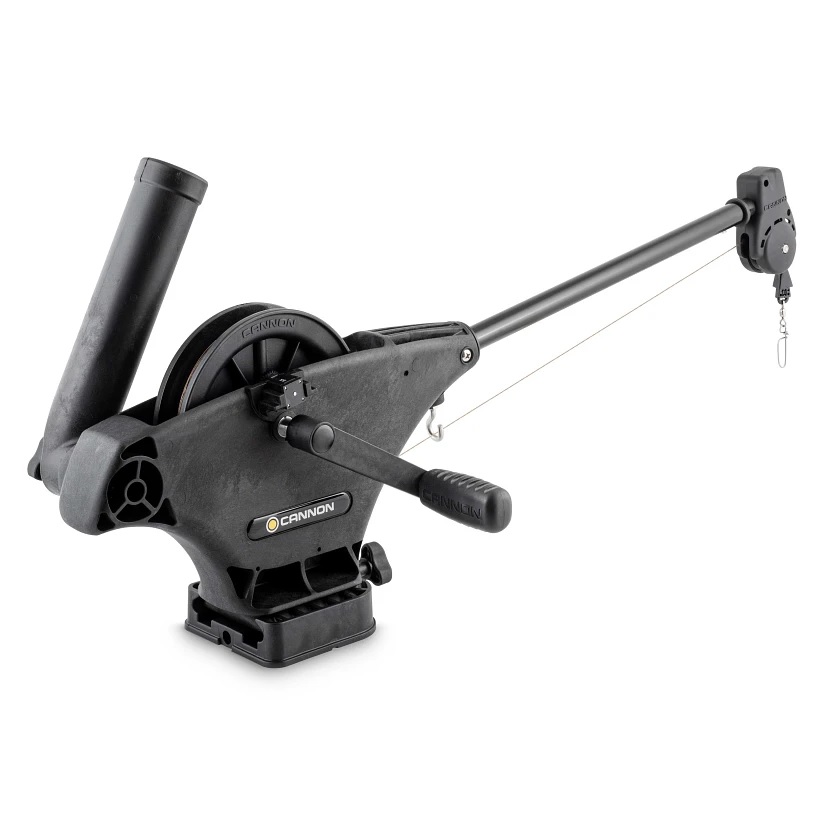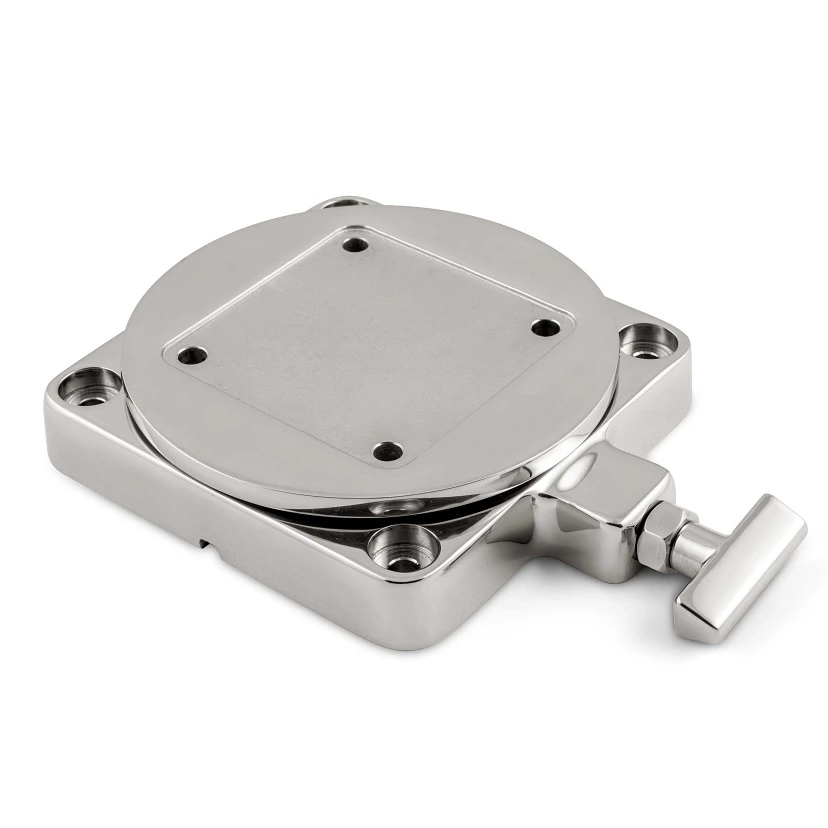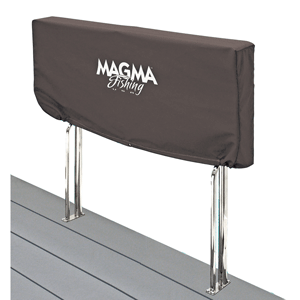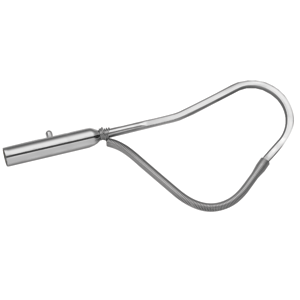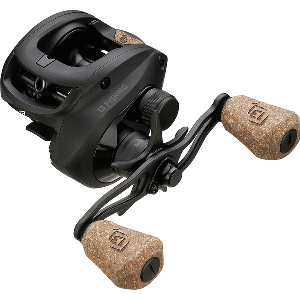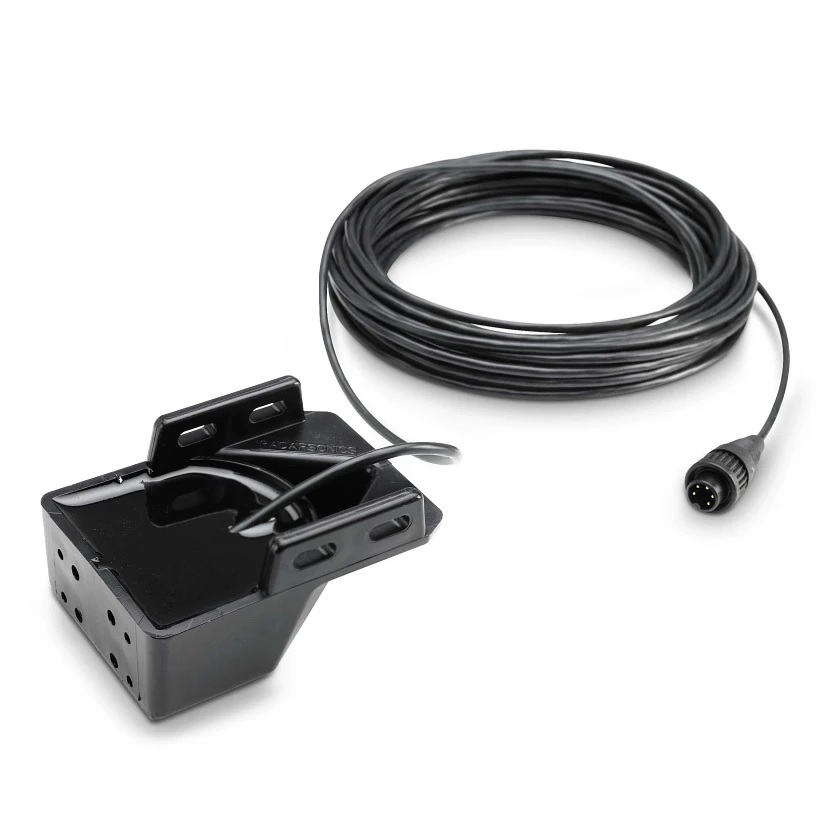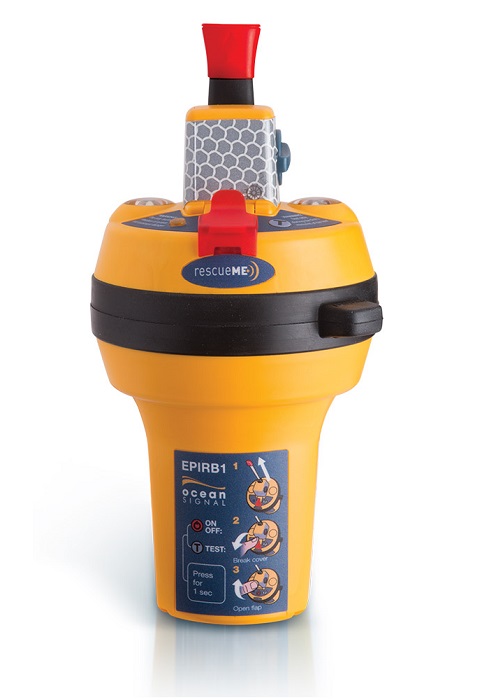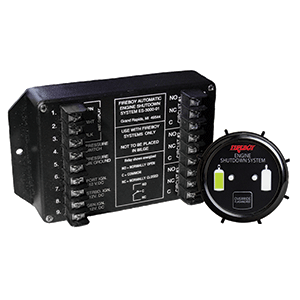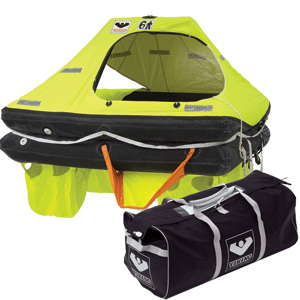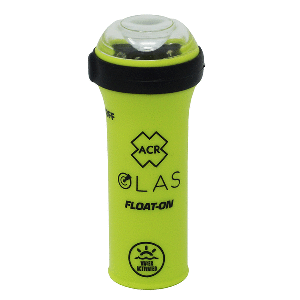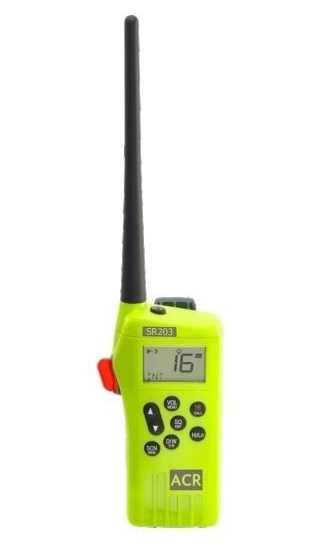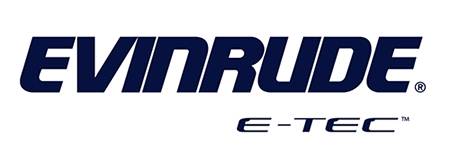“Upgrading Your Boat’s Lower Unit: What You Need to Know”

You Can Buy the Perfect Lower Unit for Your Boat at AllBoatSupplies.com
Upgrading your boat’s lower unit is a smart investment for improving performance, fuel efficiency, and durability. Whether you’re looking for more power, better handling, or the ability to navigate challenging waters, the right upgrade can transform your boating experience.
In this guide, we’ll explore why you might need an upgrade, what factors to consider, and tips for making the best choice for your boat.
1. Why Upgrade Your Lower Unit?
Upgrading your lower unit can deliver several advantages, such as:
- Increased Performance: Gain smoother acceleration, higher speeds, and better overall handling.
- Improved Efficiency: Reduce fuel consumption with optimized gear ratios and modern designs.
- Enhanced Durability: Newer models are built to withstand tougher conditions, extending the life of your propulsion system.
- Adaptability: Upgrade to accommodate new boating activities, such as water sports or offshore fishing.
If your current lower unit isn’t meeting your needs or is frequently failing, it’s time to consider an upgrade.
2. Key Factors to Consider
When upgrading your boat’s lower unit, keep these factors in mind:
a. Engine Compatibility
- Ensure the new lower unit is compatible with your boat’s engine make and model.
- Check for matching gear ratios and shaft lengths.
b. Boating Activities
- Choose a unit designed for your specific activities, whether it’s cruising, fishing, or towing.
c. Water Conditions
- For saltwater boating, opt for corrosion-resistant lower units with advanced coatings.
- In shallow waters, consider units with higher clearance to avoid damage.
d. Propeller Pairing
- Upgrade your propeller along with the lower unit for optimal performance.
e. Budget
- High-performance lower units can be pricey, so weigh the cost against the expected benefits.
3. Steps to Upgrade Your Lower Unit
Step 1: Assess Your Current Unit
- Determine what’s lacking in your current lower unit. Common issues like overheating, slow acceleration, or inefficiency may indicate an upgrade is necessary.
Step 2: Research Options
- Compare models based on power output, material quality, and customer reviews.
Step 3: Seek Expert Advice
- Consult a marine technician or your boat’s manufacturer for recommendations.
Step 4: Installation
- Professional installation ensures proper alignment and operation, minimizing the risk of future issues.
4. Benefits of a Modern Lower Unit
Upgrading to a modern lower unit offers:
- Advanced Technology: Features like improved hydrodynamics and better cooling systems.
- Higher Torque: Ideal for towing and hauling heavy loads.
- Eco-Friendly Options: Reduced emissions and fuel consumption.
5. Maintenance After the Upgrade
To maximize the lifespan and performance of your new lower unit:
- Flush After Use: Especially in saltwater environments, to prevent corrosion.
- Monitor Gear Oil: Regularly check and replace oil to avoid contamination.
- Inspect Seals: Ensure all seals remain intact to prevent water intrusion.
- Service Regularly: Schedule routine maintenance with a professional.
Conclusion
Upgrading your boat’s lower unit is an excellent way to enhance its performance, adapt to new boating needs, and extend its lifespan. By carefully evaluating your options and following expert advice, you can make an upgrade that’s both efficient and cost-effective.
Take the plunge, and enjoy smoother rides, better efficiency, and the freedom to explore the waters like never before!
